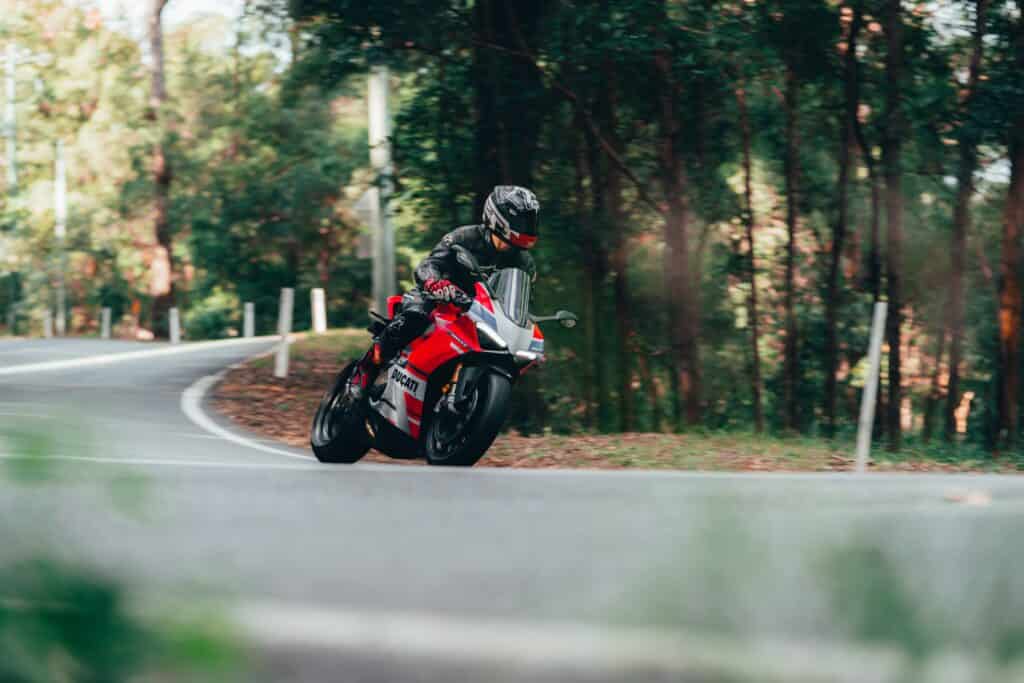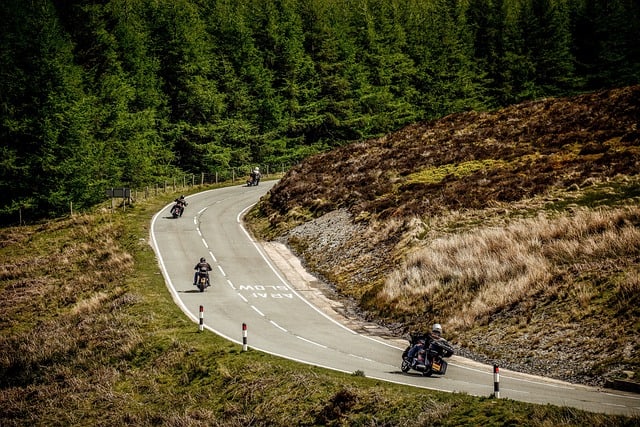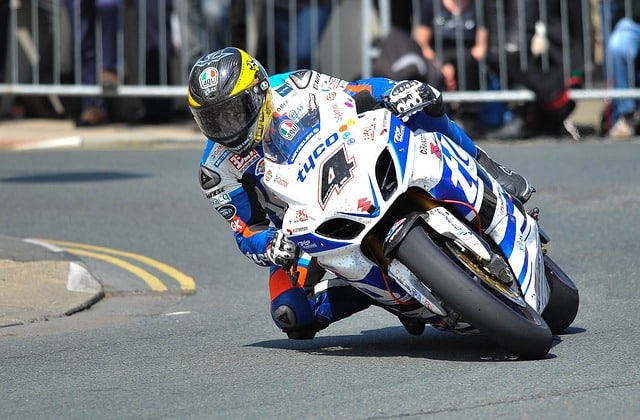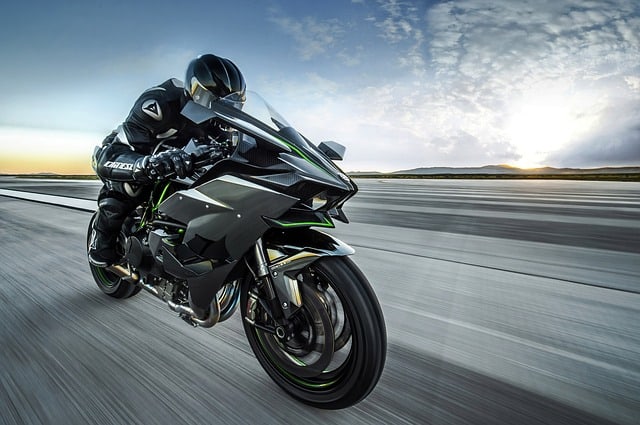7 Essential Skills Required for Motorcycle Mastery

The excitement and freedom of riding a motorcycle is incomparable. No matter if you are a novice or a seasoned rider, some specific skills are fundamental. This post will explore the 10 essential skills necessary to become an expert motorcycle rider. Controlling a motorcycle is distinct from controlling a car because it is a two-wheeled vehicle. Moreover, to ride a bike safely, the rider must possess a significant amount of physical strength, equilibrium, and agility. Safety should be the number one concern whenever operating a motorcycle. It’s essential to wear the right safety equipment, including a helmet, gloves, boots, and a reflective vest. Additionally, it’s a necessity to know the rules of the road to be aware of the environment and adhere to the law.
Mental Skills

Riding a motorcycle requires more than just physical skills. Mental capabilities are also imperative to possess in order to successfully navigate the roads. These include the ability to accurately gauge the distance between objects, to think ahead, and to remain focused on the task at hand. Additionally, riders must stay alert and anticipate potential hazards. Being able to anticipate changes in the environment can help riders avoid dangerous situations. Lastly, a motorcycle rider must remain calm and collected, as emotional reactions can lead to a lapse in judgment. All of these mental skills are essential for any rider to have.
The primary mental skills required for riding are situational awareness, focus, and fast decision-making. Situational awareness is the ability to recognize and comprehend changes in one’s environment. You should be mindful of other drivers, the condition of the roads, and potential hazards on the road. Watching your surroundings is crucial for anticipating any potential problems.
Counter Steering

The ability to counter steer is an absolute must when riding a motorcycle. This technique involves pushing on the handlebars in a direction opposite to the way the rider wishes to turn. This helps to shift the weight of the bike while making the turn.
To get a sense of counter steering, begin by cruising in a straight line. Then gently push the handlebars in the direction of the turn you wish to make. You should be able to detect the bike tilting in that direction and beginning to turn. As you become more confident, you can hone your ability to turn at faster speeds. Developing your counter-steering skills requires time and effort so don’t become discouraged. Keep practicing and have patience with yourself.
Clutch Control
Having a thorough grasp of the clutch is vital for those who drive manual transmission vehicles. Understanding how to properly use the clutch is essential for smooth and safe driving. It is also helpful to know when to shift gears, as this will help to ensure that the motorcycle runs efficiently. Knowing how to control the clutch will allow a driver to have added confidence behind the wheel.
Managing the clutch when riding a motorbike is an essential technique. The clutch is what makes it possible to transition gears without any difficulty. It’s critical to practice this skill so that gear-shifting can be done smoothly and without any jolting of the bike or cutting of the engine. To gain the skill of clutch control, begin by slowly letting it out while taking off slowly. As you brake, the clutch should be employed to reduce engine speed in combination with the brakes. Doing so will help you slow down more fluidly and securely.
Throttle Control

The act of controlling the throttle is known as throttle control. Being able to control the throttle is an essential capability for riding a motorcycle. The throttle is what lets you adjust the speed of the bike. It is wise to practice regulating the throttle so you can accelerate and slow down in an even manner.
To master throttle control, begin by gradually increasing and then decreasing speed. As your skills improve, you can practice higher speeds of acceleration and deceleration. It is essential to practice smooth accelerations and decelerations to avoid jerking the bike or stalling the engine. Specially, when cornering, it’s essential to practice controlling the throttle. To stay in control, you need to keep a steady speed while simultaneously using your brakes.
Downshifting
Developing the ability to downshift while on a motorcycle is critical. This is the act of shifting to a lower gear while in motion. Practising this technique is essential to ensure that the rider can quickly and safely reduce their speed. To become proficient at downshifting, start off by doing it while riding slowly. You can try faster deceleration as your confidence increases. It is essential to make the shifts as smooth as possible to prevent jolting the bicycle or stalling the engine.
When navigating a corner, it is imperative to practice downshifting. This can be done by employing the clutch to switch to a lower gear while simultaneously braking. Doing so will help you decelerate quickly and safely.
Advanced Breaking
It’s essential that one practices advanced braking, so that they can swiftly decrease their speed in the event of an emergency. To improve your braking technique, start by gradually releasing the clutch as you brake. Once you’re comfortable, you can try stopping at a faster pace. It is essential to brake smoothly to avoid any sudden movements that could cause the bike to jerk or the engine to stall.
When navigating corners, it’s essential to use proper braking techniques. To slow down quickly and safely, you should shift to a lower gear while applying the brakes simultaneously with the clutch.
Cornering

The act of maneuvering a vehicle in such a way that it follows a sharp turn or corner is commonly referred to as cornering. Practicing cornering is vital in allowing riders to navigate curves swiftly and safely.
To enhance your cornering technique, begin by riding in a straight line and then maneuver the bike with the handlebars. As your confidence increases, you can start cornering at greater speeds. Gaining proficiency in operating a motorcycle can be a daunting yet rewarding journey. It requires patience, practice, and perseverance to become a safe and competent motorcyclist. If you focus on honing the abilities discussed in this article, you will be well on your way to mastering the art of riding a motorcycle.
Join Our Riding Community
Get exclusive gear reviews, riding tips, and early access to deals delivered to your inbox.
No spam. Unsubscribe anytime. We respect your privacy.